Home>Furniture>Outdoor Furniture>How To Tie A Hammock To A Tree
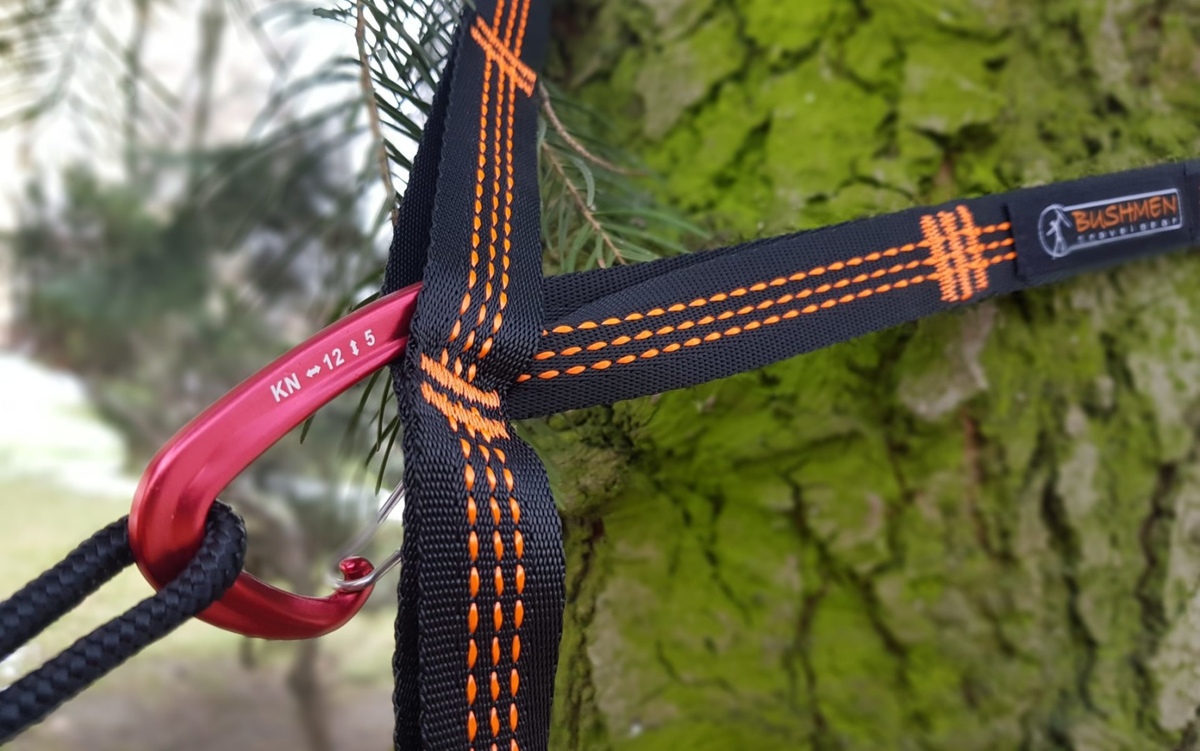

Outdoor Furniture
How To Tie A Hammock To A Tree
Modified: March 16, 2024
Learn how to properly tie a hammock to a tree and enjoy outdoor relaxation with our expert tips. Find the best techniques for securing your outdoor furniture and create a cozy outdoor oasis.
(Many of the links in this article redirect to a specific reviewed product. Your purchase of these products through affiliate links helps to generate commission for Storables.com, at no extra cost. Learn more)
Introduction
Welcome to the ultimate guide on how to tie a hammock to a tree! If you’re an outdoor enthusiast or simply love to relax in nature, having a hammock is a must-have. It’s the perfect way to unwind and enjoy the serenity of the great outdoors. But before you can kick back and enjoy the gentle sway of the hammock, you need to know how to properly set it up.
Tying a hammock to a tree may seem like a straightforward task, but there are important considerations to keep in mind to ensure your safety and the hammock’s stability. In this article, we will walk you through the step-by-step process of how to tie a hammock to a tree and provide you with valuable tips to make your outdoor experience even more enjoyable.
Before we dive into the details, let’s talk about the materials you’ll need for this project. Make sure you have a sturdy hammock, hammock straps or ropes, carabiners, and a measuring tape. It’s important to invest in high-quality equipment to ensure your safety and the longevity of your hammock.
Key Takeaways:
- Choosing a sturdy tree, measuring the distance between trees, and properly preparing your hammock are crucial steps in safely tying a hammock to a tree. These steps ensure a comfortable and secure outdoor experience.
- Adjusting the height of the hammock, securing it to the trees, and testing its stability are essential for a relaxing and enjoyable hammocking experience. Take the time to ensure everything is properly set up for maximum comfort and safety.
Read more: How To Tie Aerial Hammock
Materials Needed
Before you begin tying your hammock to a tree, gather the following materials:
- A hammock: Choose a hammock made of durable materials that can support your weight comfortably. Look for hammocks with reinforced stitching and strong fabric. You may also want to consider a hammock with a mosquito net for added protection.
- Hammock straps or ropes: Opt for hammock straps made of strong and adjustable material. These straps will secure your hammock to the tree without causing damage to the bark. Alternatively, you can use ropes, but ensure they are of good quality and have a sufficient weight capacity.
- Carabiners: These sturdy metal clips will connect the hammock to the straps or ropes. Look for carabiners with a locking mechanism to ensure they stay securely attached.
- Measuring tape: This will help you determine the distance between the trees and properly set up your hammock.
Once you have these materials, you’re ready to move on to the next steps.
Step 1: Choose a Suitable Tree
The first step in tying a hammock to a tree is selecting a suitable tree. Look for a tree that is sturdy, healthy, and has a thick trunk. Avoid trees with signs of disease or decay, as they may not provide the necessary support or could pose a safety risk. Additionally, be mindful of any local regulations or restrictions regarding hammocking and tree usage.
Keep the following factors in mind when choosing a tree:
- Size and strength: The tree should be able to support your weight and the weight of the hammock without any signs of strain. Look for trees with a trunk diameter of at least 12 inches (30 cm).
- No low-hanging branches: Make sure the tree does not have any low-hanging branches that could interfere with your hammock setup or the placement of the straps.
- Suitable distance: Consider the distance between the chosen tree and other trees. Ensure there’s enough space to properly set up your hammock and achieve the desired level of tension.
Take a moment to appreciate the beauty of the tree and its surroundings. Choosing a suitable tree will not only ensure a safe and comfortable hammock experience but will also help minimize any impact on the environment.
Once you’ve selected the perfect tree, it’s time to move on to the next step: measuring the distance between trees.
Step 2: Measure the Distance Between Trees
After selecting a suitable tree, it’s crucial to measure the distance between the trees. This step is essential for properly setting up your hammock and ensuring a comfortable and secure hang.
Follow these steps to measure the distance:
- Grab your measuring tape and extend it between the two trees you have chosen.
- Make sure the measuring tape is taut and straight.
- Measure the distance from the center of one tree trunk to the center of the other.
- Record the measurement. This will determine the length of your hammock straps or ropes.
It’s essential to have an accurate measurement to ensure that your hammock hangs at the desired height and has the proper tension. Keep in mind that the ideal distance between trees is typically around 10-15 feet (3-4.5 meters), but this can vary depending on your hammock’s size and your personal preferences.
By measuring the distance between trees, you’ll have a solid foundation for the next steps in setting up your hammock. With this information in hand, let’s move on to preparing the hammock itself.
Step 3: Prepare the Hammock
Before attaching the hammock to the tree, it’s essential to prepare it properly. This step ensures that your hammock is in optimal condition and ready to provide you with a comfortable and enjoyable outdoor experience.
Follow these steps to prepare your hammock:
- Unfold the hammock and lay it out flat on the ground.
- Inspect the hammock for any tears, damage, or signs of wear. Repair any issues before proceeding.
- Ensure the hammock is untangled and free of any debris or obstructions.
- If your hammock has carabiners already attached, make sure they are secure and in good condition.
- Check the hammock’s suspension system (straps or ropes) for any damage or wear. Replace any worn-out components.
Properly preparing your hammock ensures that you’ll have a safe and comfortable experience once it’s set up. If there are any issues or concerns with the hammock or its components, address them before proceeding to the next step.
Now that your hammock is prepared and ready to go, it’s time to move on to the next step: attaching the hammock straps to the tree.
When tying a hammock to a tree, use tree-friendly straps to avoid damaging the tree. Wrap the straps around the tree and secure them with a strong knot. Test the hammock for stability before getting in.
Read more: How To Tie A Hammock Rope
Step 4: Attach the Hammock Straps to the Tree
Once you have prepared your hammock, it’s time to attach the hammock straps or ropes to the chosen tree. These straps will provide a secure and adjustable anchor point for your hammock.
Follow these steps to attach the hammock straps to the tree:
- Wrap one of the hammock straps around the tree trunk, approximately 5-6 feet (1.5-1.8 meters) off the ground. The higher you position the strap, the higher the hammock will hang.
- Ensure the strap is flat against the tree trunk without any twists or tangles.
- Pass the end of the strap through the loop at the opposite end of the strap, creating a secure loop around the tree trunk.
- Repeat the process with the other strap, securing it to the other tree trunk using the same method.
Make sure the straps are snug and tightened securely around the tree trunks. Avoid over-tightening, as this can damage the tree or cause unnecessary strain on the hammock straps.
Note: If you’re using ropes instead of straps, follow a similar process by tying secure knots around the tree trunks. Ensure the knots are strong and stable.
Once you have successfully attached the hammock straps or ropes to the tree trunks, you’re ready to move on to the next step: adjusting the height of the hammock.
Step 5: Adjust the Height of the Hammock
Now that the hammock straps are securely attached to the trees, it’s time to adjust the height of the hammock. Finding the right height is crucial for achieving a comfortable and enjoyable hammocking experience.
Follow these steps to adjust the height of the hammock:
- Stand between the two trees and grasp one of the hammock straps.
- Walk backward, gradually increasing tension in the strap until the hammock begins to rise off the ground.
- Repeat the process with the other strap, ensuring both sides of the hammock are lifted evenly.
- Continue adjusting the height until you reach your desired level of comfort. Keep in mind that a lower hang will provide a more relaxed and lounging experience, while a higher hang will offer more support and a flatter sleeping position.
Take a moment to sit or lie in the hammock and test the height. Make adjustments as needed until you find the perfect height that suits your preferences and comfort.
Remember, finding the ideal height may require some trial and error. Don’t be afraid to make adjustments until you find the position that feels just right.
Now that you’ve adjusted the height of the hammock, it’s time to secure it to the trees in the next step.
Step 6: Secure the Hammock to the Tree
With the height of the hammock adjusted to your liking, it’s time to secure it to the trees. This step will ensure that your hammock remains stable and safely supported during use.
Follow these steps to secure the hammock to the trees:
- Typically, hammock straps or ropes will have multiple loops or attachment points. Select the loop or attachment point that provides the desired level of tension and support.
- Attach one end of the hammock to the loop or attachment point on one of the straps. This is usually done using a carabiner or by threading the end of the hammock through the loop.
- Repeat the process with the other end of the hammock, attaching it to the corresponding loop or attachment point on the other strap.
- Ensure that both ends of the hammock are securely attached and that there is equal tension on each side.
Check that the hammock is level and evenly balanced. Adjust the attachment points if necessary to achieve a balanced position.
Once the hammock is securely attached to the tree straps or ropes, give it a gentle tug to ensure it’s stable and properly anchored. If the hammock feels loose or unstable, make adjustments to the attachment points until it feels secure.
Remember, the stability of the hammock is crucial for your safety and enjoyment, so take the time to ensure it is correctly secured before using.
With the hammock securely fastened to the trees, we’re almost ready to relax and enjoy the soothing sway. But before we do, there’s one final step to ensure everything is in order.
Step 7: Test the Hammock’s Stability
Before you fully immerse yourself in the comfort of your hammock, it’s important to test its stability. This final step ensures that your setup is secure and will provide a safe and enjoyable experience.
Follow these steps to test the hammock’s stability:
- Carefully sit or lie down in the hammock, distributing your weight evenly.
- Slowly and gently move around, allowing the hammock to sway back and forth.
- Pay attention to any unusual movements, sounds, or excessive swinging. These may indicate that the hammock’s attachments need adjustment or additional support.
- Stay in the hammock for a few minutes, allowing your body to settle into a comfortable position. This will help you assess its stability over a longer period of time.
If you notice any issues or discomfort during the stability test, follow these troubleshooting tips:
- Check the attachment points and tighten or readjust them if necessary.
- Ensure the hammock straps or ropes are properly secured around the tree trunks.
- Verify that the hammock’s weight capacity is suitable for your body weight.
- If using a rope system, double-check the knots for security and stability.
- Consider adding additional support, such as tree huggers or extra straps, for added peace of mind.
Once you’re confident in the stability and comfort of your hammock, you can fully relax and enjoy the beauty of nature.
Congratulations! You’ve successfully learned how to tie a hammock to a tree. Take some time to unwind and recharge in the serenity of your outdoor oasis.
Remember to always practice responsible hammocking by respecting the environment, following any local regulations, and leaving no trace behind. Now, go out there and enjoy the blissful relaxation of your properly hung hammock!
Read more: How To Attach A Hammock To A Tree
Conclusion
As outdoor enthusiasts, we understand the importance of finding the perfect spot to relax and unwind. Tying a hammock to a tree offers a simple and tranquil way to connect with nature and enjoy the great outdoors. By following the step-by-step guide outlined in this article, you’ve learned how to safely and securely tie a hammock to a tree.
Remember to always choose a suitable tree, measure the distance between trees, and prepare your hammock before proceeding to attach it securely. Adjust the height of the hammock to your preference, ensuring proper tension, and test its stability before fully immersing yourself in its comfort.
By taking the time to properly set up your hammock and ensuring its stability, you can relax and enjoy peaceful moments swaying among the trees, listening to the gentle rustle of leaves, and soaking up the beauty of nature.
As you venture off to your favorite outdoor destinations, be respectful of the environment, practice responsible hammocking, and leave no trace behind. By doing so, you help preserve the natural beauty for others to enjoy.
So, whether you’re camping in the wilderness, spending a day at the beach, or simply enjoying your backyard, take advantage of this valuable knowledge on how to tie a hammock to a tree and create a comfortable oasis for yourself wherever you go.
Now it’s time to go out there, find the perfect trees, and experience the blissful relaxation of a perfectly hung hammock. Happy hammocking!
Frequently Asked Questions about How To Tie A Hammock To A Tree
Was this page helpful?
At Storables.com, we guarantee accurate and reliable information. Our content, validated by Expert Board Contributors, is crafted following stringent Editorial Policies. We're committed to providing you with well-researched, expert-backed insights for all your informational needs.
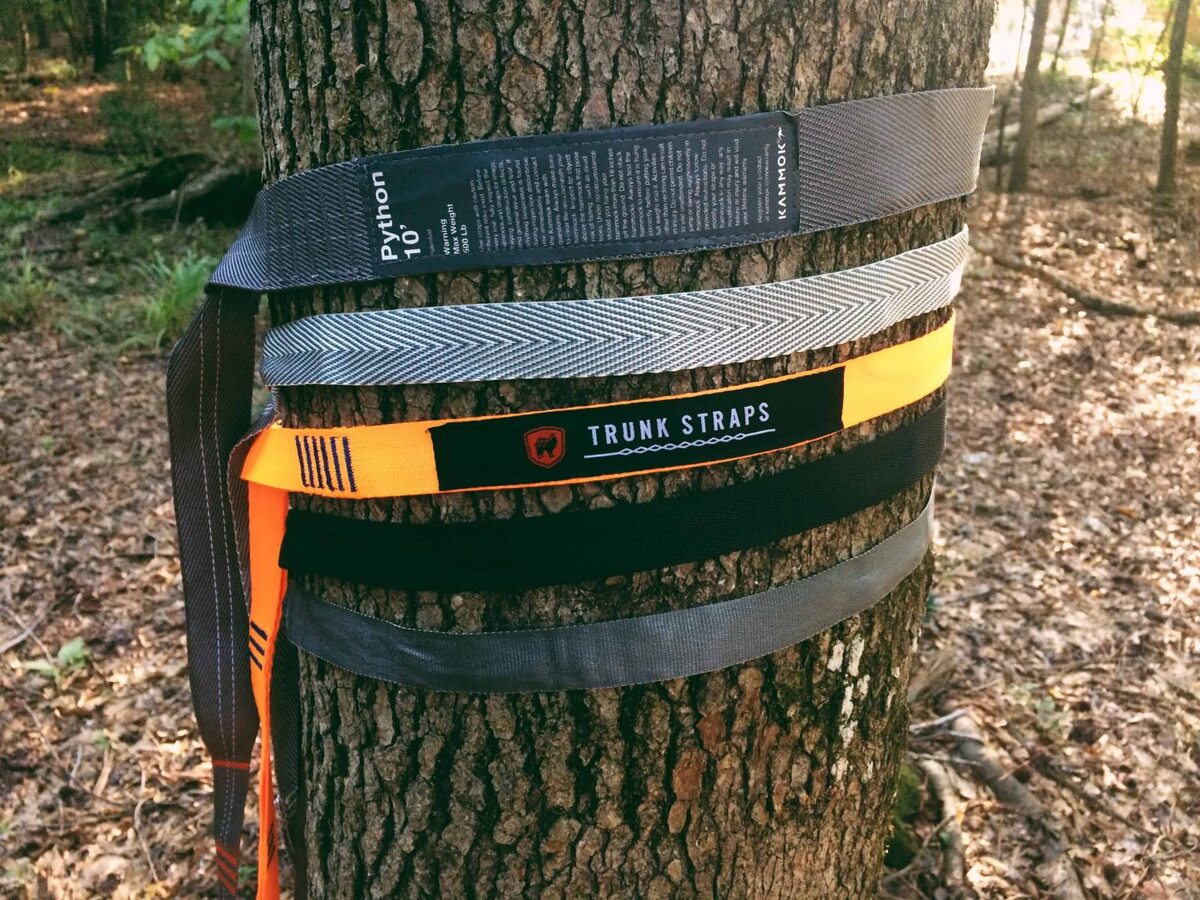
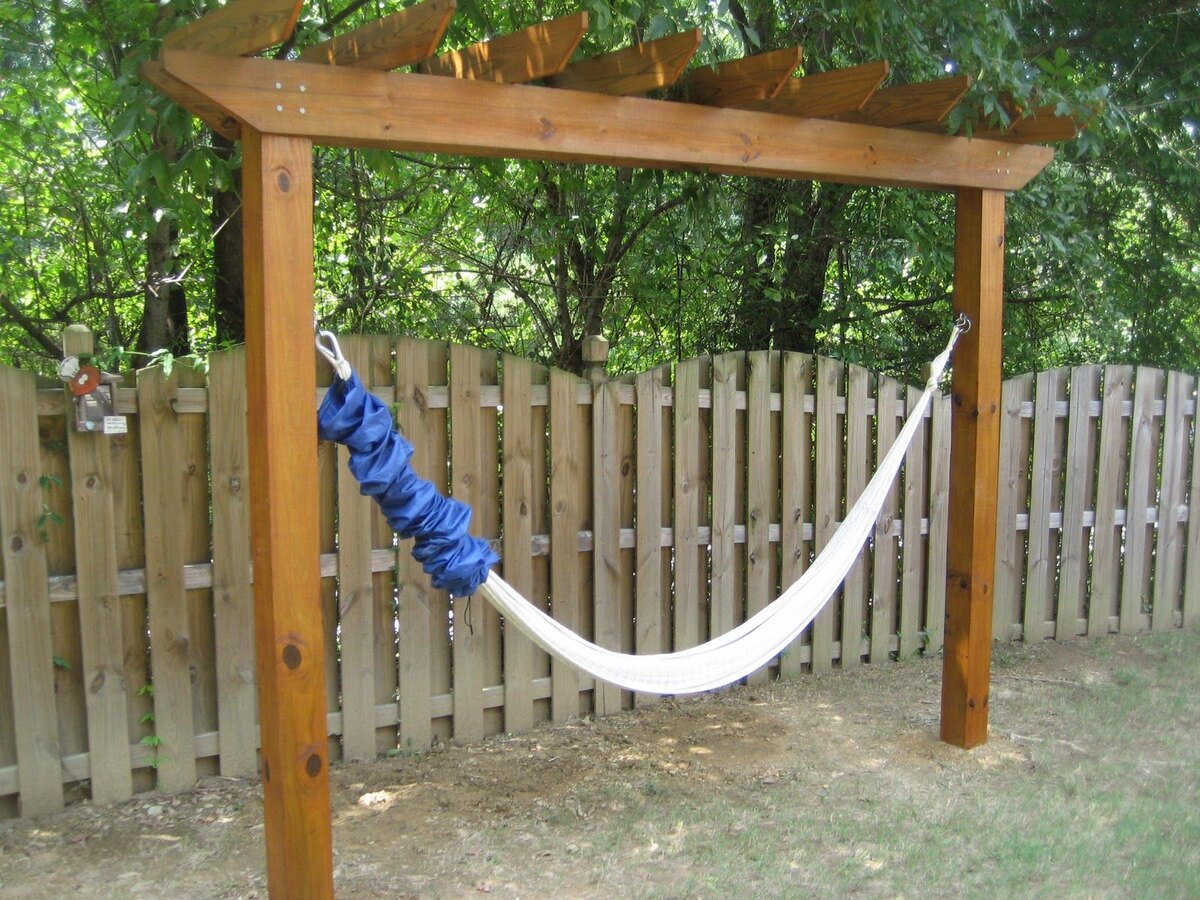
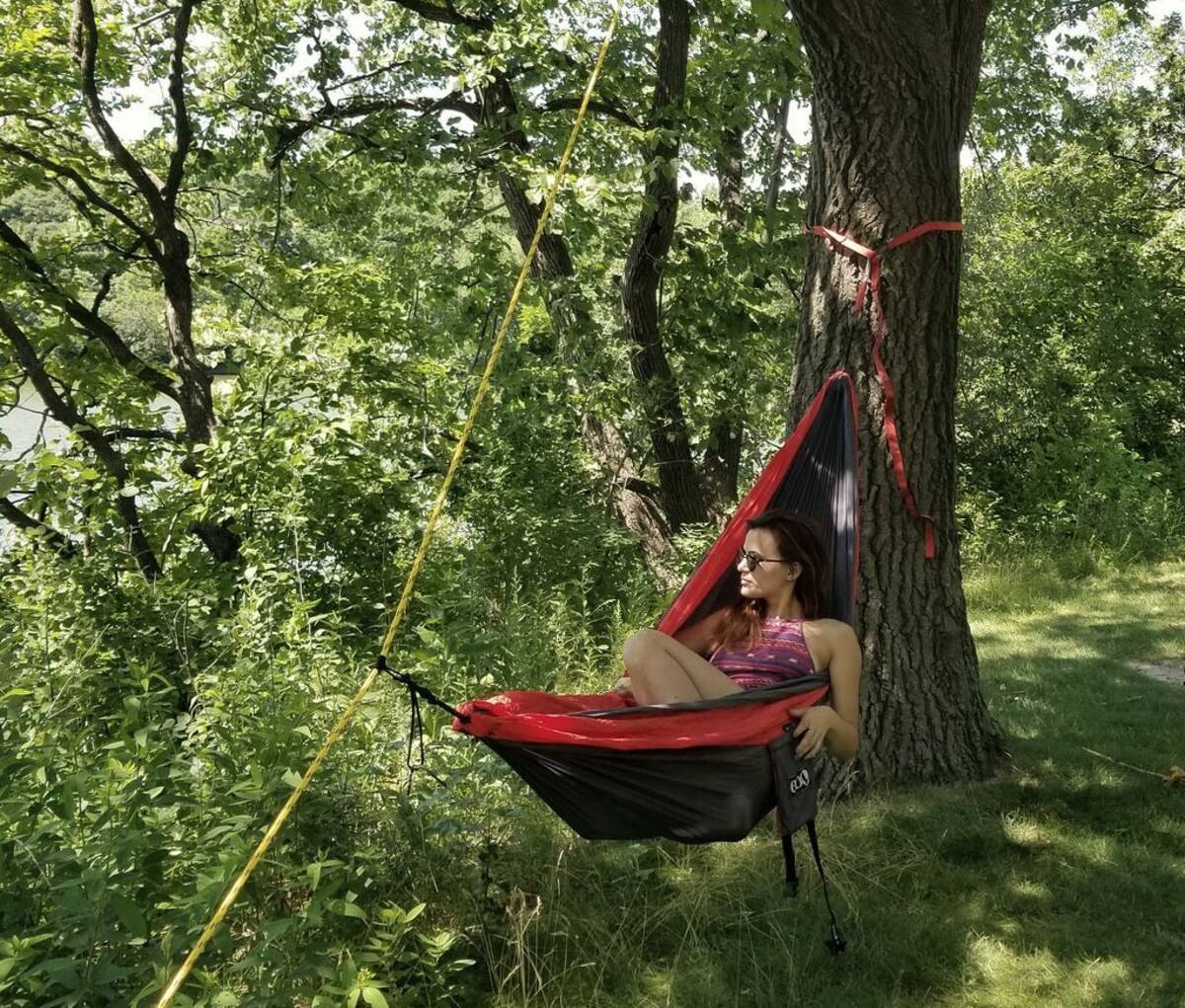
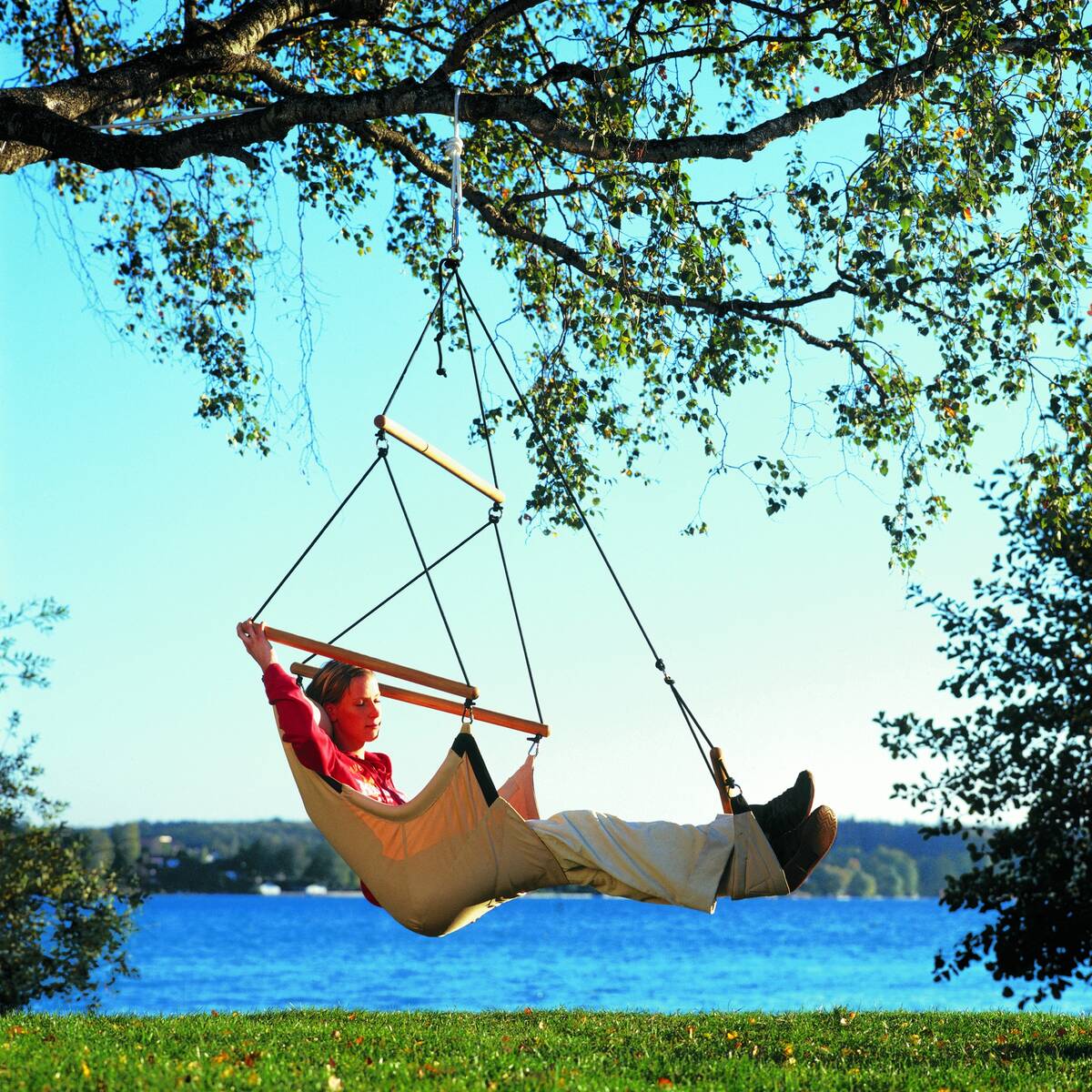


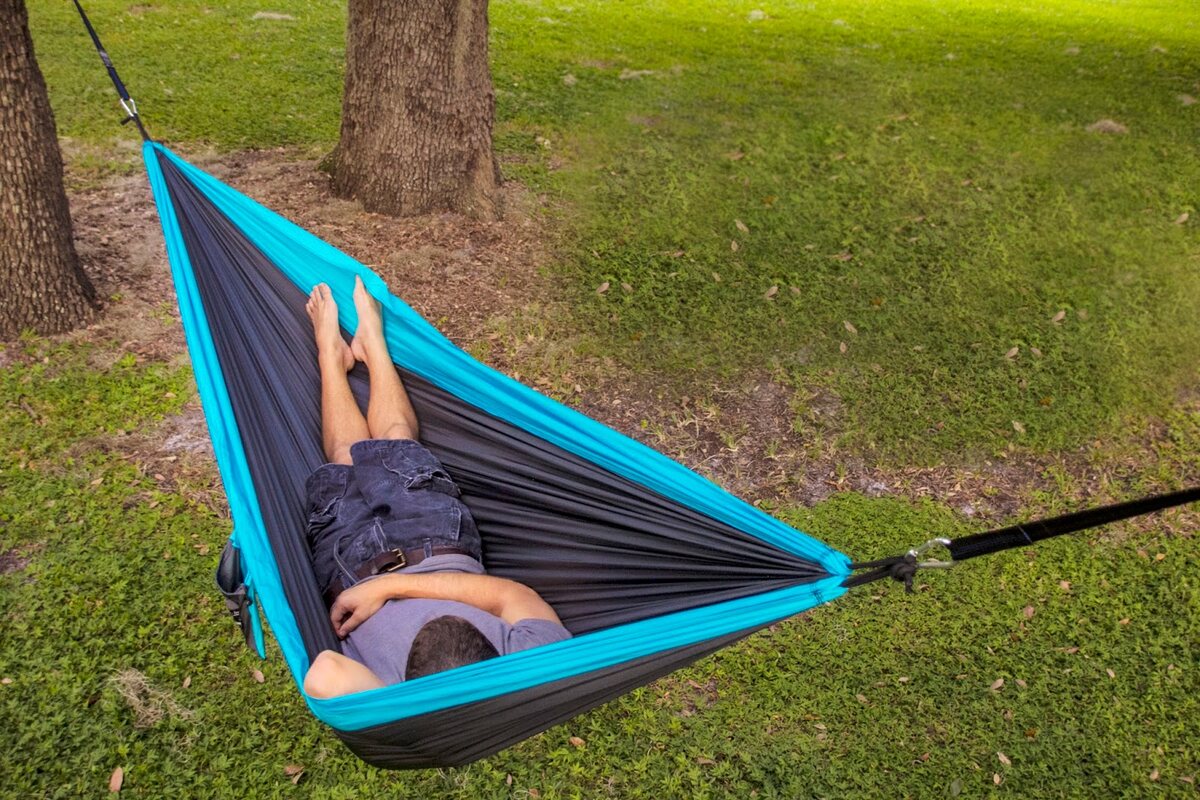



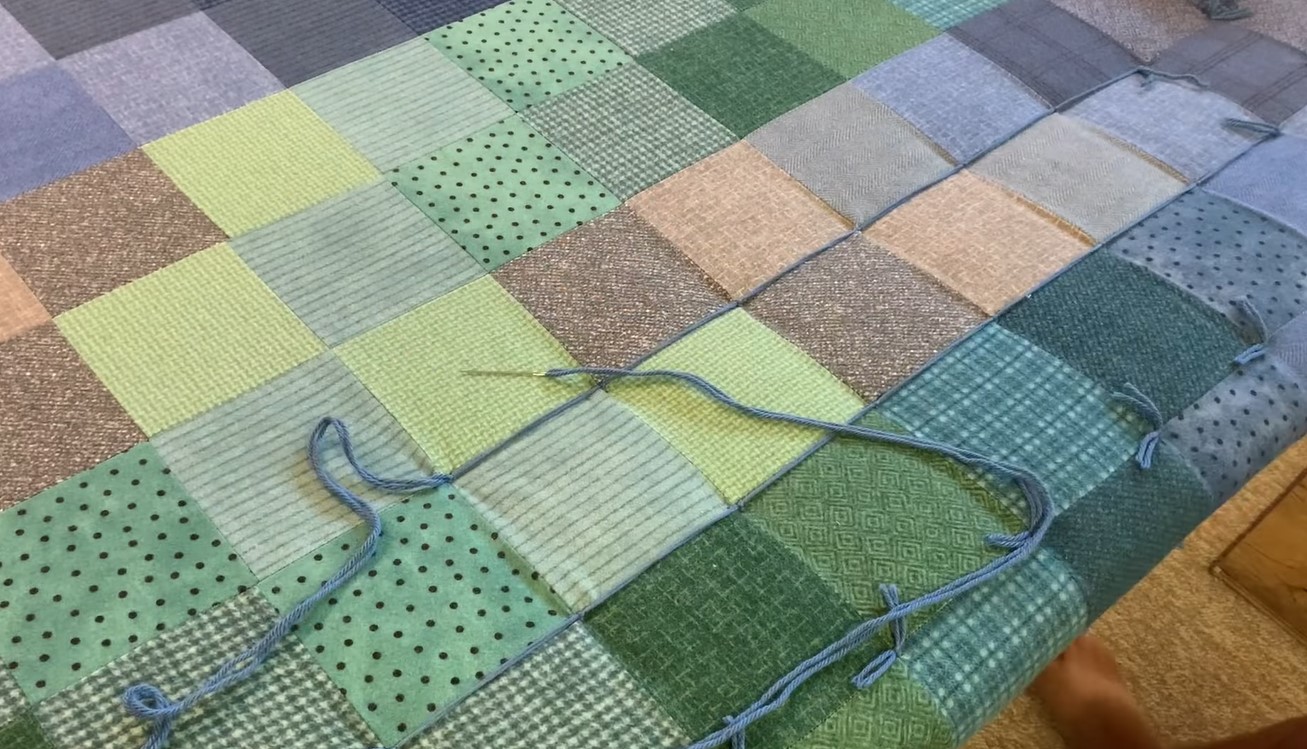
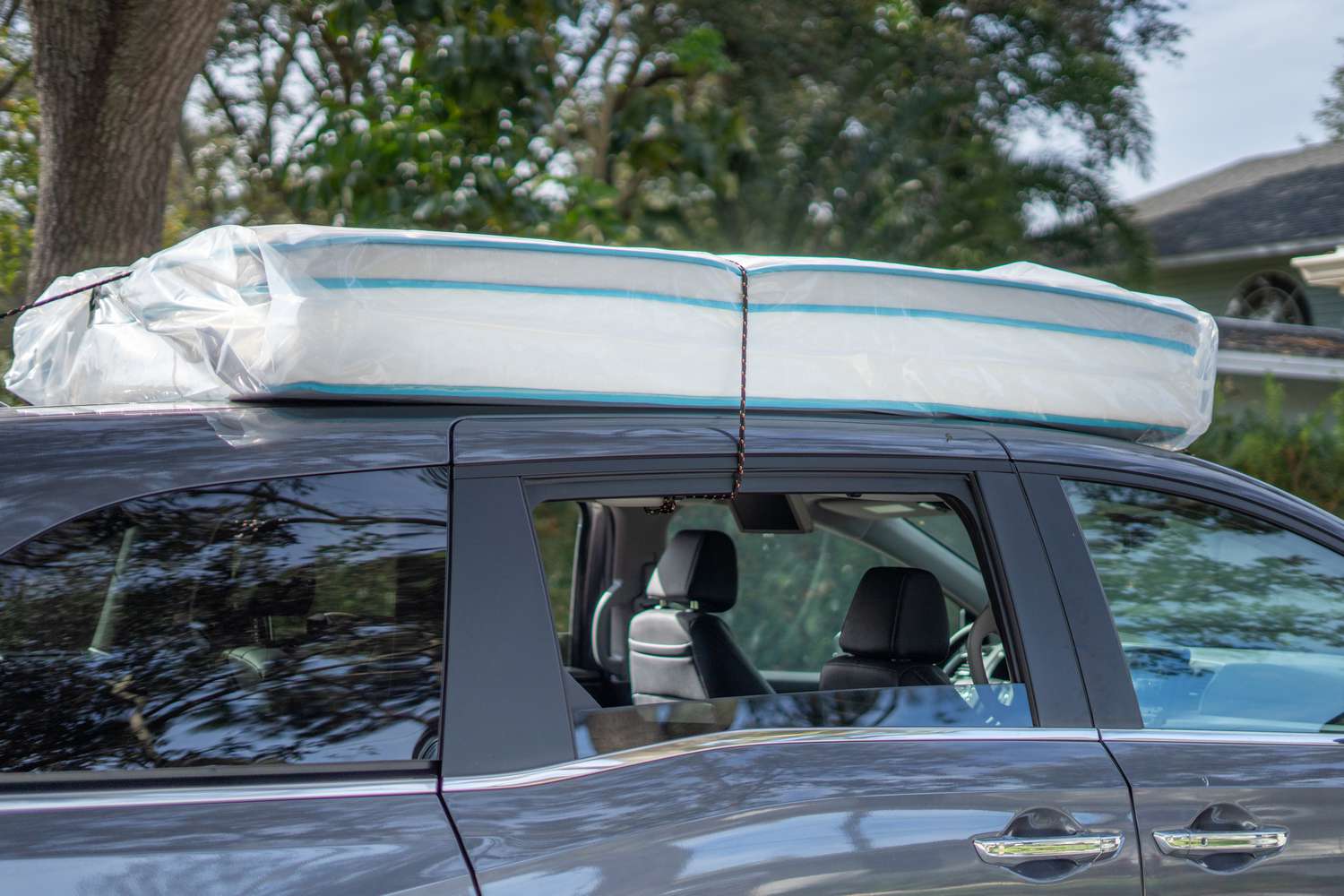
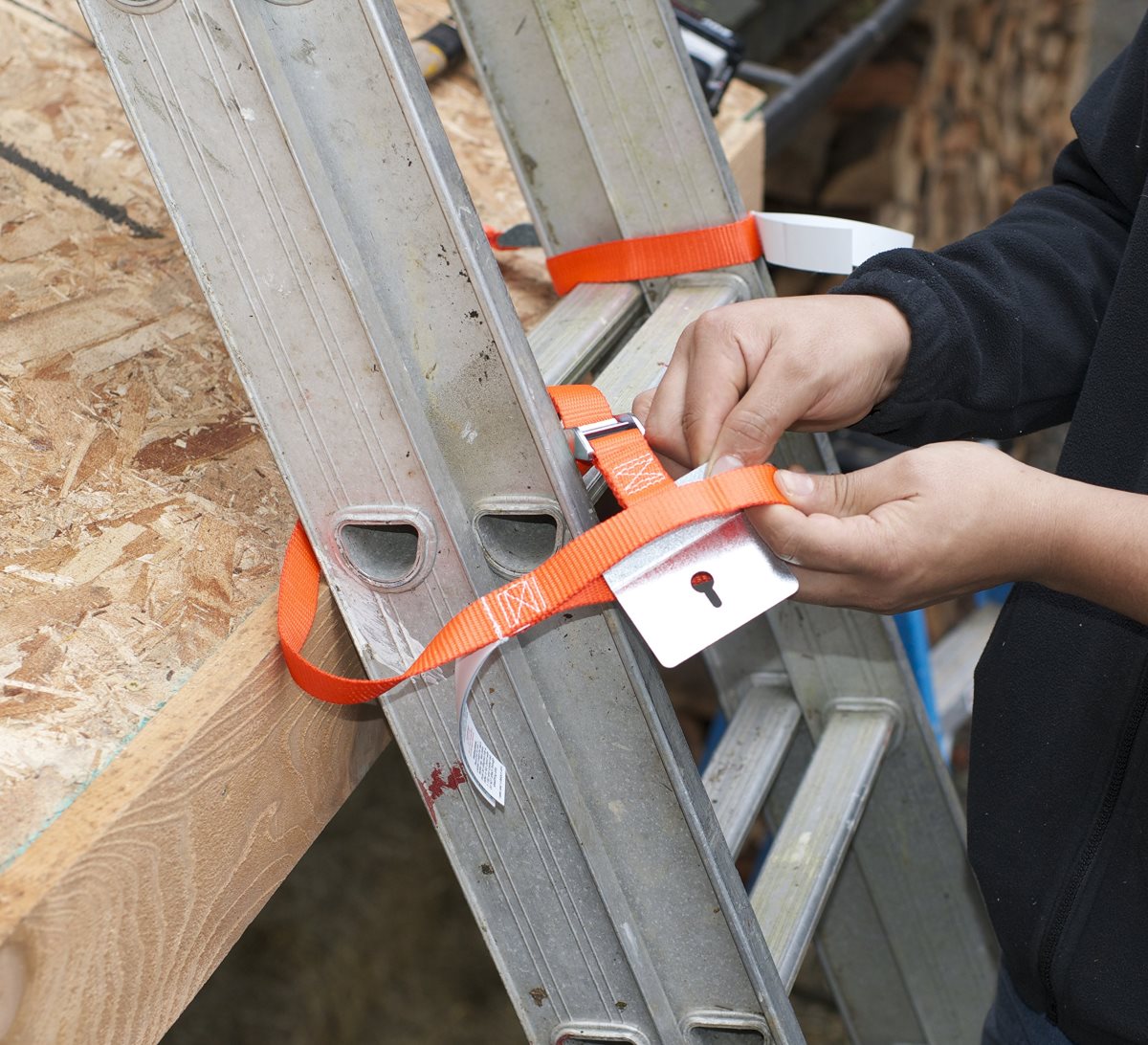

0 thoughts on “How To Tie A Hammock To A Tree”